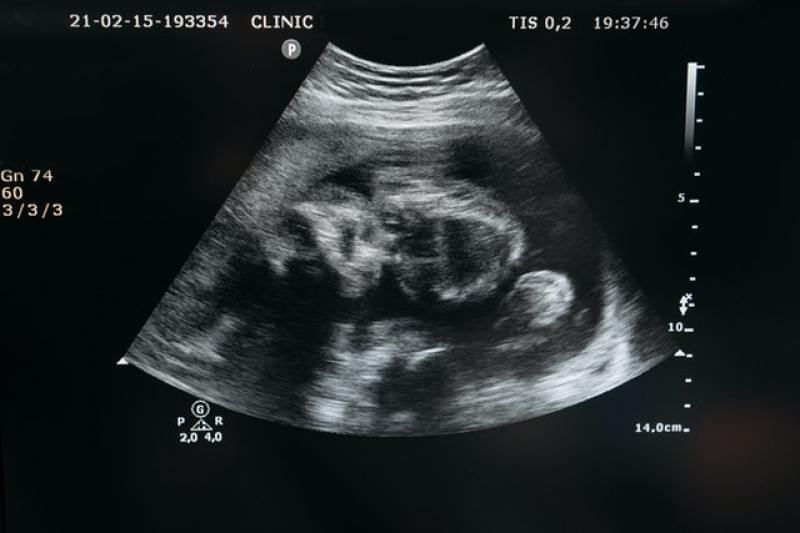
Chemical abortions contribute to higher risks of emergency room visits compared to the surgical method. That is the conclusion drawn following a sweeping new study conducted by an anti-abortion organization, which raised questions over existing data and federal guidance on chemical abortions, which is widely available to the public.
According to Fox News, researchers at the Charlotte Lozier Institute (CLI) found that "abortion-released" emergency room visits were higher and increased at a more rapid rate (per thousand abortions) for chemical abortion than they did for the surgical method. The researchers' study found that the rates of chemical abortion ER visits rose by 507% or 8.5 to 51.7 per 1,000 between 2002 and 2015. The rate of surgical abortion-related ER visits rose by 315%.
The research was conducted by determining the types of visits through the codes reported by providers in Medicaid records dating between 1999 and 2015. The authors looked at "423,000 confirmed induced abortions and 121,283 subsequent ER visits occurring within 30 days of the procedure."
Similarly, the researchers found a similar trend in abortions that they believed were "miscoded" as "spontaneous" because they occurred within 30 days of women receiving either chemical abortions or the surgical method.
The study comes ahead of the Food and Drug Administration's (FDA) decision on whether abortion providers should be required to provide abortion pills in person. In a recent court filing, the FDA said it should be able to conclude its review on in-person dispensing by December 16. CLI said that the use of the abortion pill has significantly increased by 50% of all abortions in 2020 alone.
The CLI study mirrors one that was published by Finnish researchers, which looked at Finland's single payer system, which made the analysis easier. The 2009 study published in Obstetrics & Gynecology, which analyzed 42,000 cases, found that the "overall incidence of adverse events was fourfold higher in the medical compared with surgical abortion cohort."
The most common adverse events found were hemorrhage and incomplete abortion. Researchers concluded then that while both methods were "generally safe," "medical termination is associated with a higher incidence of adverse events."
In the U.S., the American College of Obstetricians and Gynecologists (ACOG) in April commended the Biden administration for upholding access to abortion despite the lockdowns caused by the COVID pandemic.
For years, the organization advocated for the FDA to eliminate the in-person dispensing requirement of abortion pills, because they argued "there is no safety reason for the restrictions and that the restrictions were more burdensome than those placed on medications with similar safety profiles, or even those with greater risks."
The issue about in-person dispensing of abortion pills is especially important in states such as Texas, which recently implemented a heartbeat act that bans abortion as early as six weeks, a period during which most women are unaware if their pregnancy.
According to ABC News, medical or surgical abortions only account for about 40% of abortions in the U.S. Chemical abortions are a cheaper, easier way to go about it, with costs as little as $110 versus at least $300 for the surgical method.
Oklahoma state Senator Julie Daniels, a Republican, however, argued against in-mail dispensing, saying that "We just didn't want women to use these medications and not have any protections, any guidance, any consultation."

























